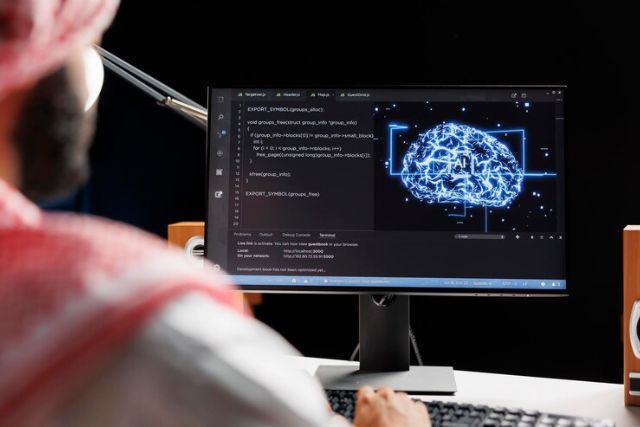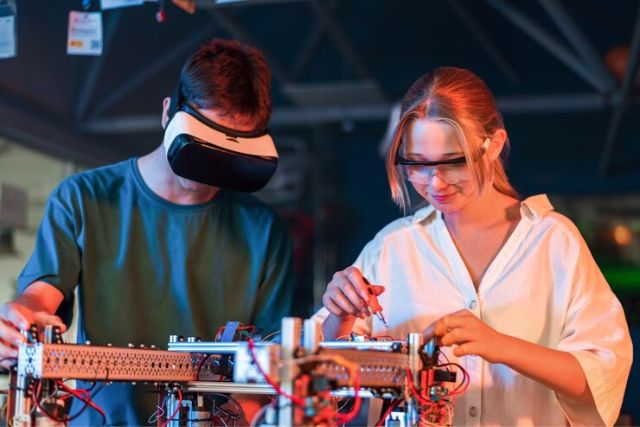We shall discuss the meaning of “epoch” in machine learning in this post. And batch, stochastic gradient descent, iteration, and the distinction between batch and Epoch as well. Will talk about what it is. Anybody researching deep learning or machine learning should be familiar with these words or attempting to pursue a profession in this area. Hope you don’t know much about what is an epoch in machine learning
What is an Epoch in Machine Learning:
The learning AI component is the main emphasis of machine learning. Algorithms that represent a collection of data are used to construct this learning component. Models for machine learning are trained using specific datasets run through the algorithm.
Every time a dataset travels through an algorithm, it is said to have completed an epoch. Thus, in machine learning, an epoch is the time training data passes through the algorithm. It is a hyperparameter that controls how the machine-learning model is trained.
This problem is permanently fixed by splitting the training data into small groups. This could occur as a result of the computer system’s storage space restrictions. It is simple to feed these tiny batches to a machine-learning model for training. In machine learning, this act of dividing it into smaller pieces is known as batching. When all batches are fed to the model at once for training, this technique is referred to as a batch.
What Is Epoch:

- Each training is happening at the same time is called a round. It is defined as the total number of iterations of all training data in one cycle for training a machine learning model.
- An epoch can also be defined as the number of iterations a training dataset goes through an algorithm. Also, once the data set is complete forward and backward passes, one pass is recorded.
- Once during an epoch, each sample in the training dataset could update the internal model parameters. An era consists of one or more batches.
The learning algorithm goes through hundreds or thousands of cycles to lower the model’s inaccuracy to the greatest extent possible. The number of occupations can range from five to a thousand or more. It is possible to plot a learning curve using information on the number of roles and hours worked. Model time is available on the y-axis and epochs is on the x-axis. This is clarified by plotting a curve.
Example of an Epoch:
Let’s use an example to clarify Epoch. Think about a dataset that has 200 samples in it. Hence, it requires 1000 iterations or rounds for these samples to traverse the model dataset. There are five in the batch. This means, that when the 40 batches have the five samples the model weight changes. The model will receive forty updates.
Why Use More Than One Epoch:

During the epoch, the dataset runs with the algorithm. There are numerous weight update phases in each Epoch. Gradient descent is an iterative learning process optimization approach. It gradually improves the internal model parameters rather than all at once. Additionally, the dataset can run with various methods to update and improve learning.
Related Article: How Does AI Detection Work? Full Details

